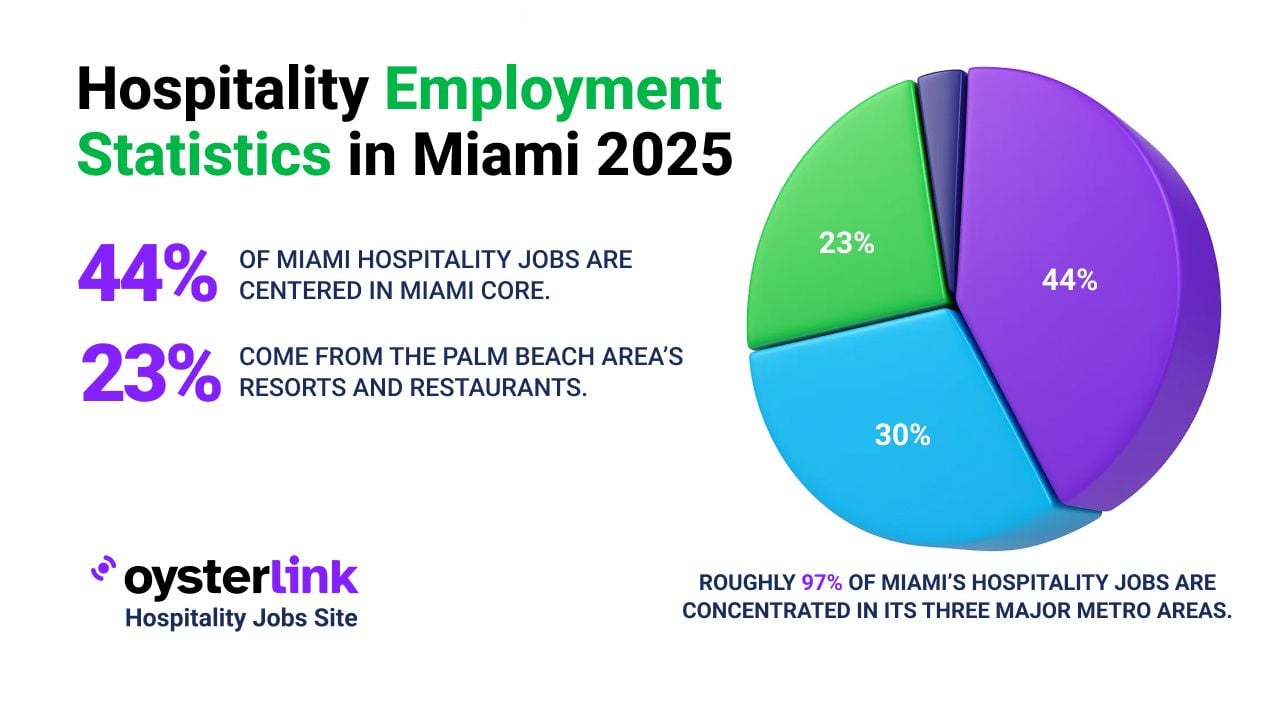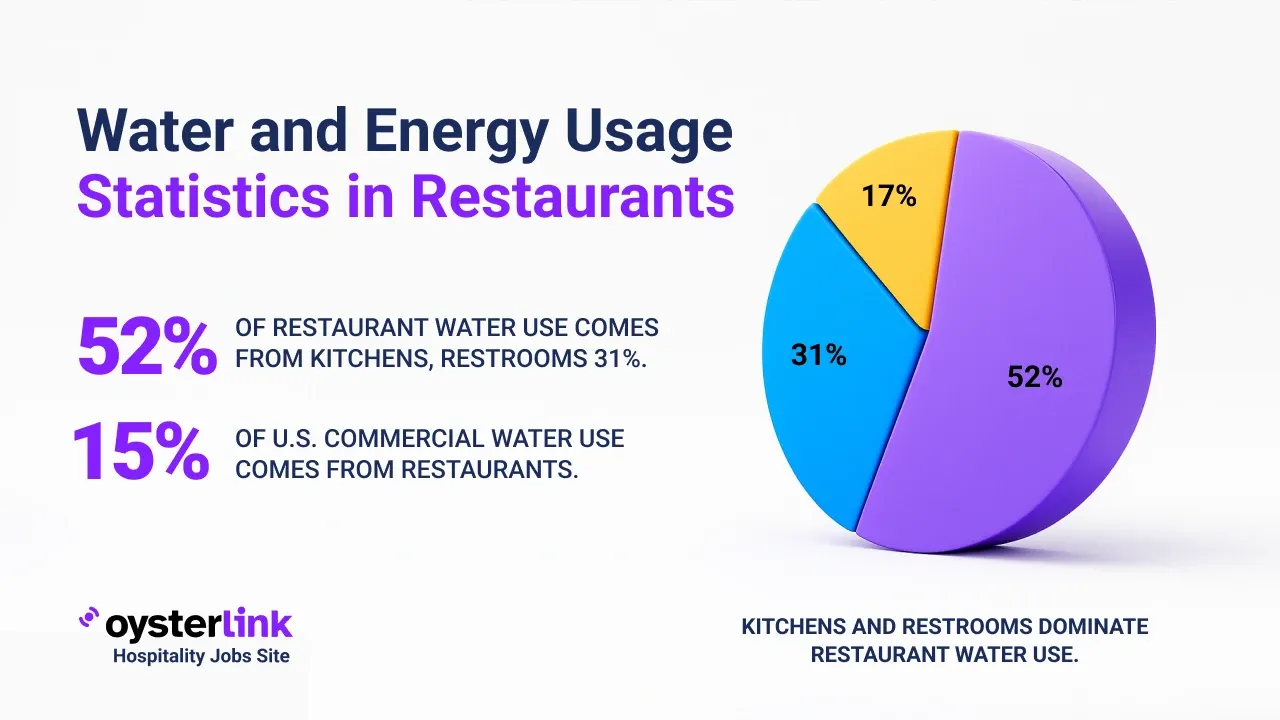St. Paul, Minnesota Cost of Living: Quick Takeaways
- Housing Costs: The average rent for a one-bedroom apartment in St. Paul has steadily grown to about $1,300 in 2025.
- Transportation Expenses: Public transit fares average $2.00 for one way with monthly passes costing around $65.
- Healthcare Costs: Monthly health insurance premiums average around $500 for individuals with employer-sponsored plans.
- Income Levels: Median household income is estimated at $75,000 in 2025, reflecting steady economic growth.
St. Paul, Minnesota's capital, offers a rich cultural environment and affordable lifestyle in many respects.
This article presents a detailed breakdown of the cost of living factors in St. Paul as of 2025, including housing, transportation, utilities, and more.
1. Housing Costs in St. Paul
Housing is a major part of living expenses in St. Paul. Below is a historical overview of average rents for one-bedroom apartments over recent years:
- 2010: $900
- 2015: $1,050
- 2020: $1,200
- 2024: $1,248
- 2025: $1,300
The steady increase reflects growing demand and market pressures on rental housing.
A detailed analysis of real estate market trends in hospitality provides useful context for those investing in housing and commercial spaces.
2. Homeownership and Real Estate Trends in St. Paul
Those interested in owning property will find appreciating home prices in St. Paul, as shown below:
- 2010: Median home price around $150,000
- 2015: $200,000
- 2020: $250,000
- 2024: $280,300
- 2025: $290,000
This trend supports a robust real estate market, but also underscores affordability challenges for buyers.
3. Transportation Expenses in St. Paul
Transportation options in St. Paul come with various associated costs:
- Public Transit: One-way fares average $2.00, while monthly passes cost about $65.00.
- Fuel Costs: The average price per gallon of gasoline is $3.50.
- Vehicle Maintenance: Annual maintenance costs average $1,200.
Individual costs may vary depending on personal commuting needs and vehicle type.
4. Utility Costs in St. Paul
Monthly utility expenses for a typical apartment include:
- Electricity: Approximately $100.00
- Internet: Around $60.00
The combined utility cost averages $160.00 per month, influenced by usage and service providers.
5. Grocery and Food Expenses in St. Paul
Groceries in St. Paul are somewhat higher than national averages, with monthly estimates:
$300 per person for groceries, plus dining-out options cost around $15 for casual meals and $50 at mid-range restaurants.
For hospitality employers and restaurateurs, understanding restaurant consumer trends can inform better menu pricing strategies aligned with local spending habits.
6. Healthcare Costs in St. Paul
Healthcare expenses include insurance premiums and out-of-pocket costs.
Employer-sponsored health insurance costs average about $500 monthly per individual, with Silver plan premiums available at this rate as well.
7. Educational Expenses in St. Paul
Local education options and costs:
- Public Schools: Tuition is free, funded by government taxes.
- Private Schools: Average annual tuition is around $10,000.
- In-State University Tuition: Approximately $12,000 per year.
Costs vary based on school type and level of education pursued.
8. Entertainment and Leisure in St. Paul
Recreational spending includes:
- Movie Tickets: About $12 each.
- Gym Memberships: Averaging $40 monthly.
- Mid-Range Restaurant Meal: Around $50 per meal.
These contribute to a balanced lifestyle in the city.
9. Taxes and Miscellaneous Fees in St. Paul
Residents face multiple taxes including:
- State Income Tax: Ranges from 5.35% to 9.85% depending on income level.
- Sales Tax: Total is approximately 7.875%.
- Property Tax: Around 1.25% of assessed property value.
These impact overall living costs and should be factored into financial planning.
Hospitality businesses in St. Paul can benefit from insights on tax tips for restaurant owners to better manage their fiscal responsibilities.
10. Childcare and Family Expenses in St. Paul
Families budgeting for childcare can expect the following monthly costs:
- Daycare: Approximately $1,000.
- After-School Programs: Roughly $300.
- Extracurricular Activities: Around $100.
These can vary based on service providers and children's needs.
11. Clothing and Personal Care in St. Paul
Monthly expenses include:
- Clothing: About $100 per month.
- Personal Care: Roughly $50 per month on grooming and related products.
These costs fluctuate by individual lifestyle choices.
12. Insurance Costs in St. Paul
Insurance premiums are an important consideration:
- Health Insurance: Average monthly premium is $500.
- Auto Insurance: Annual premiums around $1,200.
- Homeowners Insurance: Approximately $1,000 per year.
- Renters Insurance: Averaging $200 annually.
Insurance costs vary depending on coverage levels and risk factors.
Restaurant owners often find guidance useful on the cost of restaurant insurance to protect their business interests effectively.
13. Miscellaneous Expenses in St. Paul
Additional annual costs include:
- Entertainment: Around $2,000 spent on various leisure activities.
- Personal Care Services: Estimated at $600.
- Miscellaneous Goods and Services: About $500 annually.
These expenses reflect optional lifestyle choices and necessities combined.
14. Income and Salaries in St. Paul
Median household incomes have steadily increased, providing context for living expenses:
- 2010: Around $46,000
- 2015: $50,000
- 2020: $60,000
- 2023: $73,055
- 2025: Estimated $75,000
This reflects overall economic development in the area.
For those exploring hospitality careers in this region, knowing the hospitality wages in 2025 provides valuable insight into salary expectations.
15. Comparison with National Averages
Comparing St. Paul's cost of living with the national average indicates:
- Overall Cost of Living: Approximately 6% lower than the U.S. average.
- Housing Costs: About 19% less expensive than national figures.
- Utilities: Roughly 4% below average.
- Food: About 5% higher than national averages.
- Healthcare: Around 3% lower.
- Transportation: About 4% below national averages.
- Goods and Services: Nearly 2% lower than average.
These comparisons help residents and prospective movers assess affordability.
Our Methodology for St. Paul Cost of Living Figures
The data herein is compiled using multiple reputable sources such as government reports, local statistics, and trusted databases like Numbeo and Zillow. When exact figures are unavailable, reasonable estimates have been applied based on market trends.
St. Paul Cost of Living: Conclusion
St. Paul offers a relatively affordable cost of living in comparison to national averages, especially in housing and utilities.
While food expenses are somewhat higher, healthcare and transportation costs remain below the national average, contributing to an overall balanced economic environment.
Understanding these various factors allows current residents and those considering moving to St. Paul to make informed financial decisions and better manage their budgets.
Employers looking to hire hospitality staff in the area might consider effective restaurant staff hiring strategies to maintain competitive and efficient operations.


.webp)
.webp)
